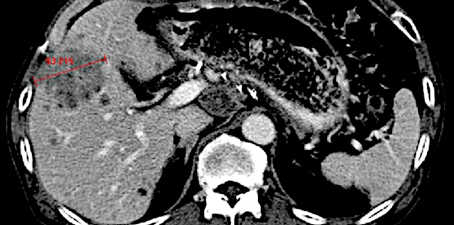 In clinical trials, a treatment’s efficiency and safety is measured and evaluated. In oncology, standards have been developed to enable the harmonization of study results. These criteria are used for efficiency (response of treatment) as well as for safety (e.g. to detect a progression in time) evaluation.
In clinical trials, a treatment’s efficiency and safety is measured and evaluated. In oncology, standards have been developed to enable the harmonization of study results. These criteria are used for efficiency (response of treatment) as well as for safety (e.g. to detect a progression in time) evaluation.
These standards are also supported by authorities and it is therefore important to understand and use them well.
During a trial, periodic scans are made (MRT, CT) and the patient’s response is measured each time (by means of tumour size, new tumours …). Possible response categories are: CR (Complete Response), PR (Partial Response), SD (Stable Disease) and PD (Progressive Disease).
This lecture shall provide insight to different common criteria:
- RECIST (Response Evaluation Criteria In Solid Tumours) criteria for solid tumours
- Criteria for blood cancer (Cheson criteria for lymphoma, criteria for leukaemia)
These criteria can be used for many indications but can also be adapted to special cases. For example for prostate cancer, RECIST is combined with bone scans and laboratory values to define the response.
When each patient’s response is known at each point, statistical analysis can start. Several endpoints can be calculated, e.g. binary or time-to-event endpoints. During the lecture, these endpoints are defined and it will be described how they can be analysed and represented.
It is very important for the statistician to understand and use the criteria to collect the data correctly and to be able to analyse the results well. These criteria are regularly revised and updated.
